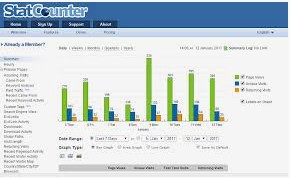Five-Option vs Four-Option Multiple-Choice Questions
DOI:
https://doi.org/10.15642/ijet2.2019.8.2.1-7Abstract
Abstract: Multiple-choice questions (MCQs) may provide test takers with three, four, or five options and are appreciated for reliability and economic scoring. Five-option MCQs demand much more energy, experience, time, and expertise and may probably be considered to be more difficult four-option and three-option MCQs. Previous studies involved a great number of questions and participants. This study investigated the difference between five-option and four-option MCQs through deletion of non-functioning distracters (NFDs) in proportion to a classroom-based test by administering 28 MCQs to two intact classes of 34 participants. The results show that there was significant difference in participants’ scores (p 0.030< 0.05), significant difference in the number of NFDs (p 0.01<0.05), no significant difference in item facility (p 0.485>0.05), and significant difference in item discrimination (p 0.01<0.05). Classroom teachers are free to choose either the 5-option or 4-option version, depending on the purpose of the test.
Key words: five-option, four-option, non-functioning distractor










